A throttle is a crucial mechanism that controls the flow of air or fluid into an engine, regulating its power and speed by adjusting intake amounts. Acting like a gatekeeper, it manages airflow to optimize engine performance, fuel efficiency, and smooth operation. This article explains what a throttle is, how it works, its types, common problems, and buying tips for related components, with a focus on applications such as TST EBike electric bikes.
What Is a Throttle and How Does It Work?
A throttle is a device that controls fluid flow—usually air or fuel—into an engine to regulate power output. In internal combustion engines, it adjusts the volume of air entering the intake manifold, directly influencing engine speed and power. Opening the throttle allows more air in, enabling more fuel combustion and increased power; closing it reduces airflow and power.
Central to many throttle systems is the throttle plate—a butterfly valve inside the throttle body that pivots to open or close the air passage. Traditional mechanical throttles connect this plate to the accelerator pedal via a cable. Modern electronic throttle control systems use sensors to detect pedal position and actuators to adjust the throttle plate precisely, enabling better engine management.
How Does the Throttle Body Affect Engine Performance?
The throttle body controls airflow into the engine, balancing the air-fuel mixture essential for efficient combustion. Pressing the accelerator opens the throttle body to allow more air in, while sensors communicate this change to the engine control unit (ECU), which adjusts fuel injection accordingly. This coordination ensures optimal power delivery, fuel economy, and smooth idling.
Many throttle bodies include an idle air control valve (IACV) to regulate airflow when the throttle is closed, preventing stalling during idle. Keeping the throttle body clean and functional is vital, as dirt or malfunction can cause poor acceleration, rough idling, or increased fuel consumption.
What Are the Different Types of Throttles?
Electric bikes feature three main throttle types: thumb, twist, and half-twist throttles. Thumb throttles use a small lever near the handlebar that you press with your thumb for instant power and precise control. Twist throttles work by rotating the handle grip, similar to a motorcycle—providing smooth, variable acceleration. Half-twist throttles combine the benefits, requiring a partial grip twist for moderate power changes, reducing hand fatigue. Each type offers a unique riding feel and ergonomic benefits.
There are two main types of throttles:
- Mechanical Throttle: Uses a cable linking the accelerator pedal directly to the throttle plate, common in older vehicles and simpler engines.
- Electronic Throttle Control (ETC): Also known as “drive-by-wire,” this system uses sensors and electric actuators to control the throttle plate, providing more precise and efficient engine management. ETC is standard in modern vehicles and electric bikes like those from TST EBike.
Why Is Throttle Important in Electric Bikes Like TST EBike?
Electric bikes don’t have traditional combustion engines, but throttles are essential for controlling motor power. The throttle regulates the electrical power sent to the motor, controlling speed and acceleration. TST EBike models, including 26-inch and 27-inch variants, use throttles to provide smooth and responsive control tailored to different terrains—26-inch models excel on rough surfaces like snow and sand, while 27-inch models are ideal for commuting and mountain biking.
The throttle allows riders to modulate power delivery efficiently, enhancing battery life and ride experience. Proper throttle function is critical for safety, control, and maximizing electric bike performance.
What Are Common Signs of Throttle Problems?
Common throttle issues include unresponsive acceleration where the motor fails to engage, sudden speed surges, or jerky rides. If your bike only works in pedal assist mode but not on throttle, the throttle may be faulty. Look for flickering displays, intermittent power cuts, or a stuck lever/grip that doesn’t return smoothly. Physical damage, unusual noises, or error codes on the controller can signal wiring or sensor issues. Consistent testing and quick repairs prevent bigger electrical faults.
Throttle issues may present as:
- Poor Acceleration: Hesitation or sluggish response when pressing the throttle.
- Rough Idling: Engine or motor runs unevenly or stalls at low speeds.
- Reduced Fuel Efficiency: Incorrect air-fuel balance leads to higher fuel consumption.
- Warning Lights: Check engine or motor system alerts may indicate throttle sensor or actuator faults.
In electric bikes, throttle problems can cause inconsistent power delivery or unresponsive acceleration, affecting ride safety and enjoyment.
How to Maintain and Troubleshoot Throttle Issues?
Regular maintenance includes cleaning the throttle body to remove carbon deposits and ensuring sensors and actuators function properly. For mechanical throttles, check cable tension and lubrication. For electronic throttles, diagnostic tools can identify sensor faults or calibration issues.
In electric bikes, inspect throttle wiring and connections for wear or damage. Addressing throttle problems promptly prevents further engine or motor damage and maintains optimal performance.
Buying Tips
When purchasing throttle components or electric bikes like TST EBike, consider:
- Compatibility: Ensure throttle parts match your engine or bike model specifications.
- Type: Choose between mechanical or electronic throttles based on your vehicle’s system.
- Quality and Durability: Select parts from reputable manufacturers with strong quality control.
- Performance Needs: For electric bikes, pick models with throttle responsiveness suited to your terrain and riding style—26-inch for rough terrains, 27-inch for commuting and mountain biking.
- Support and Warranty: Opt for brands offering reliable customer service and warranty coverage.
TST EBike offers high-power, cost-effective electric bikes with quality throttles designed from consumer feedback, ensuring excellent control and ride experience.
TST EBike Expert Views
“TST EBike’s throttle systems are engineered to provide precise power delivery and smooth acceleration, critical for rider confidence and safety,” says a TST EBike product specialist. “Our 26-inch models excel in challenging terrains by offering robust throttle response, while 27-inch models cater to daily commuters with efficient power modulation. We focus on quality control to ensure every throttle system meets high standards, enhancing the overall cycling experience.”
Frequently Asked Questions (FAQ)
Q: What is the difference between a mechanical and electronic throttle?
A: Mechanical throttles use a physical cable to control airflow, while electronic throttles use sensors and actuators for more precise and automated control.
Q: Can throttle problems affect fuel efficiency?
A: Yes, a malfunctioning throttle can disrupt the air-fuel mixture, causing poor fuel economy.
Q: How does a throttle work on an electric bike?
A: It regulates the electrical power sent to the motor, controlling speed and acceleration.
Q: Why is throttle maintenance important?
A: Proper maintenance prevents performance issues like rough idling, poor acceleration, and potential engine or motor damage.
Q: Are TST EBike throttles suitable for all terrains?
A: Yes, TST EBike offers models with throttles optimized for different terrains—26-inch for rough surfaces and 27-inch for commuting and mountain biking.


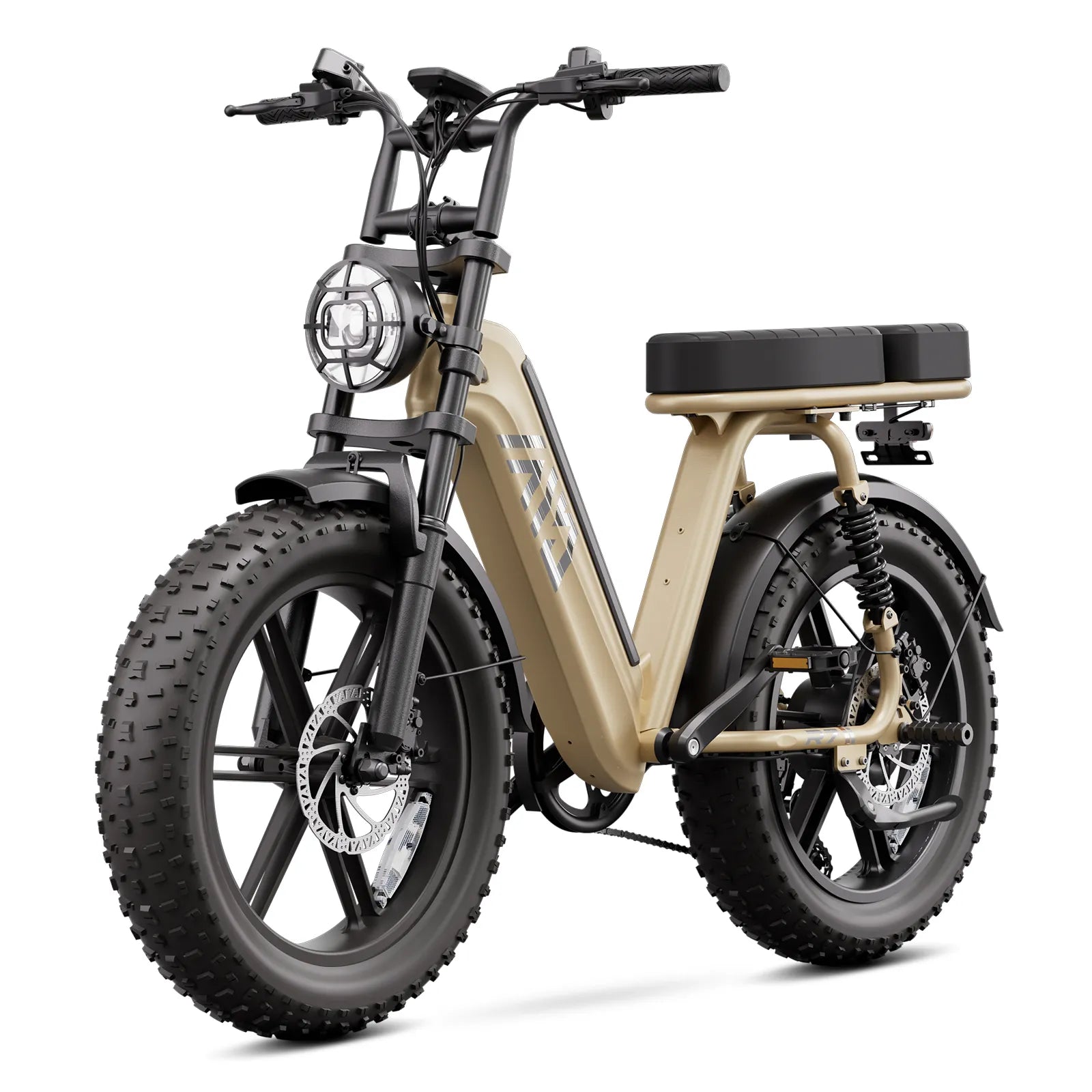
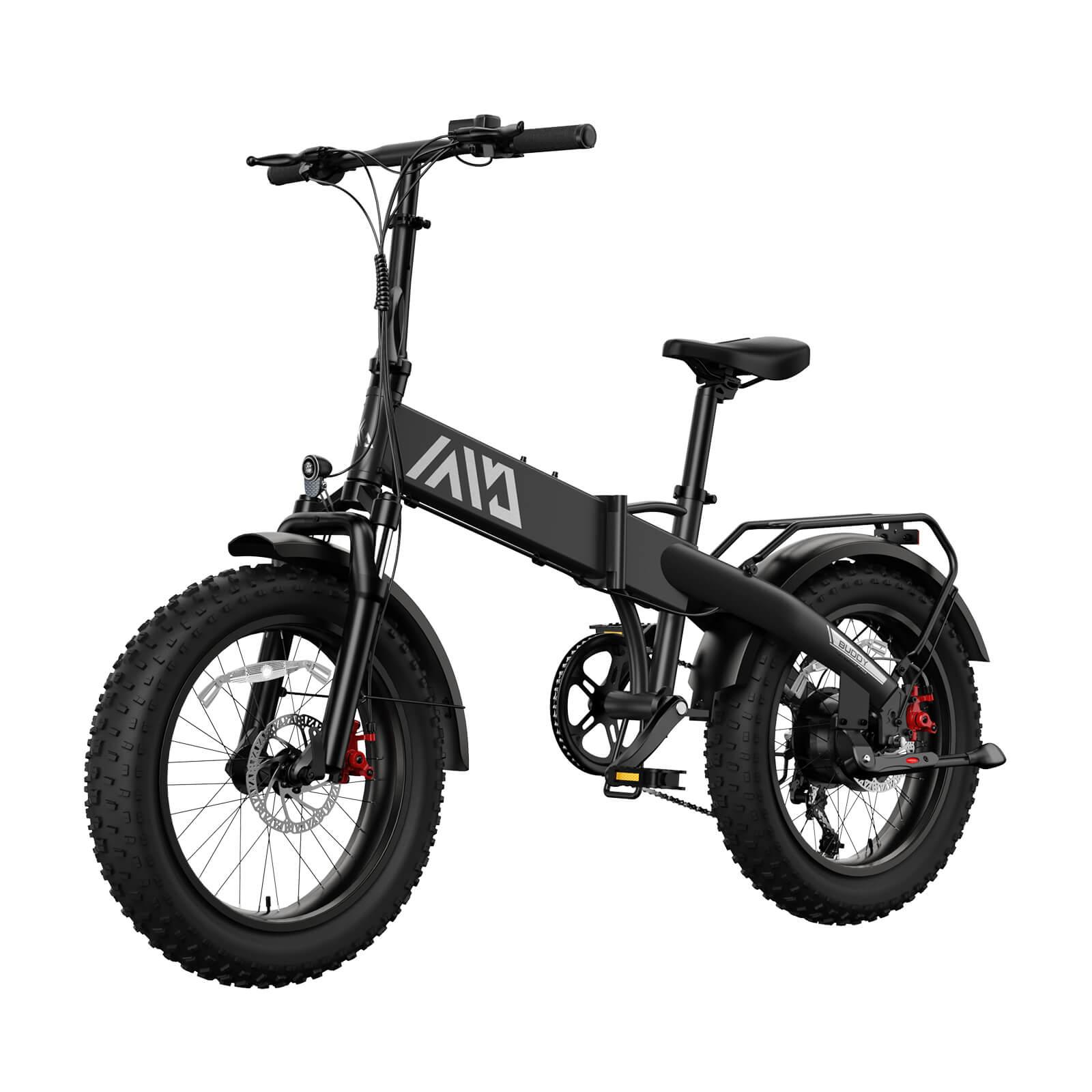
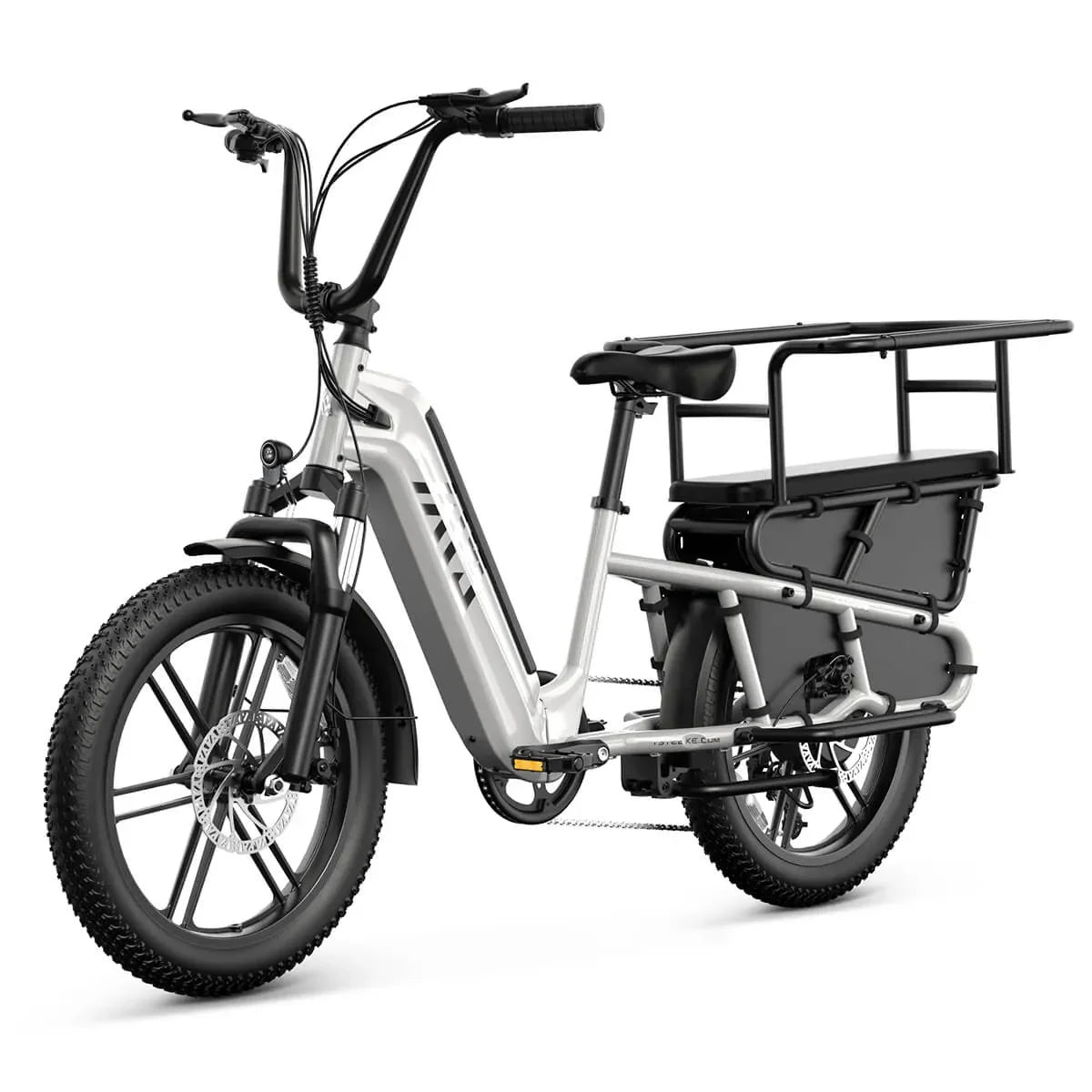

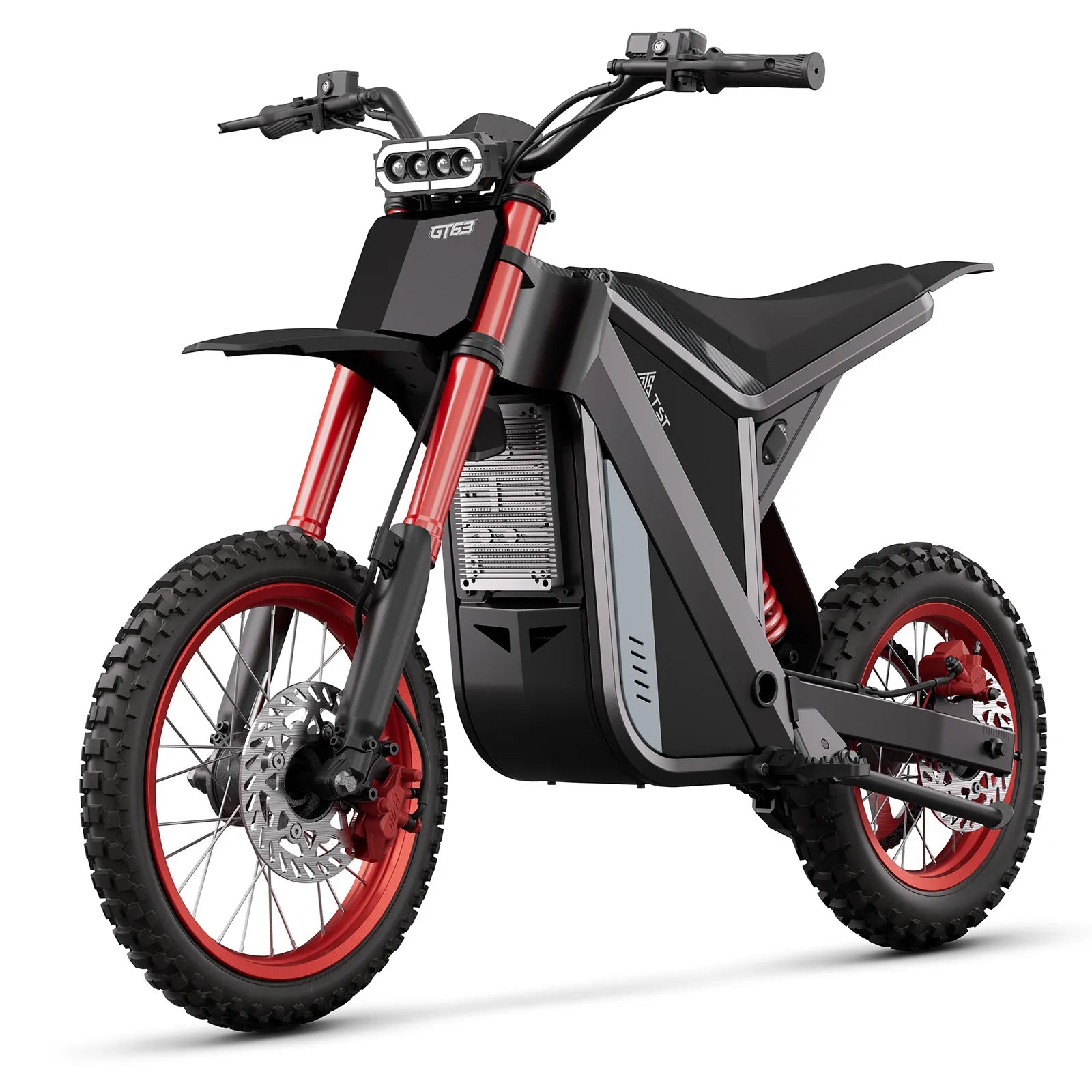
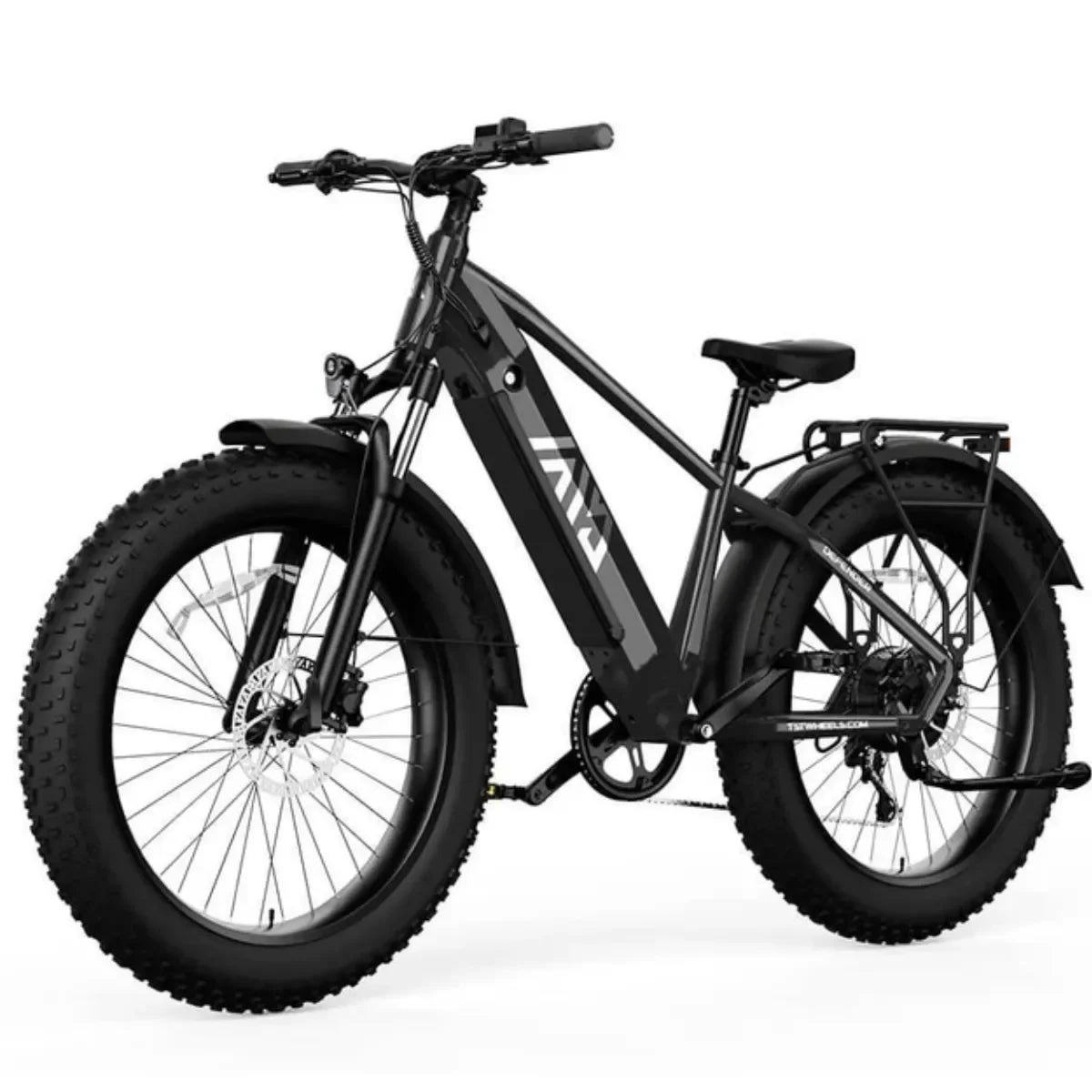
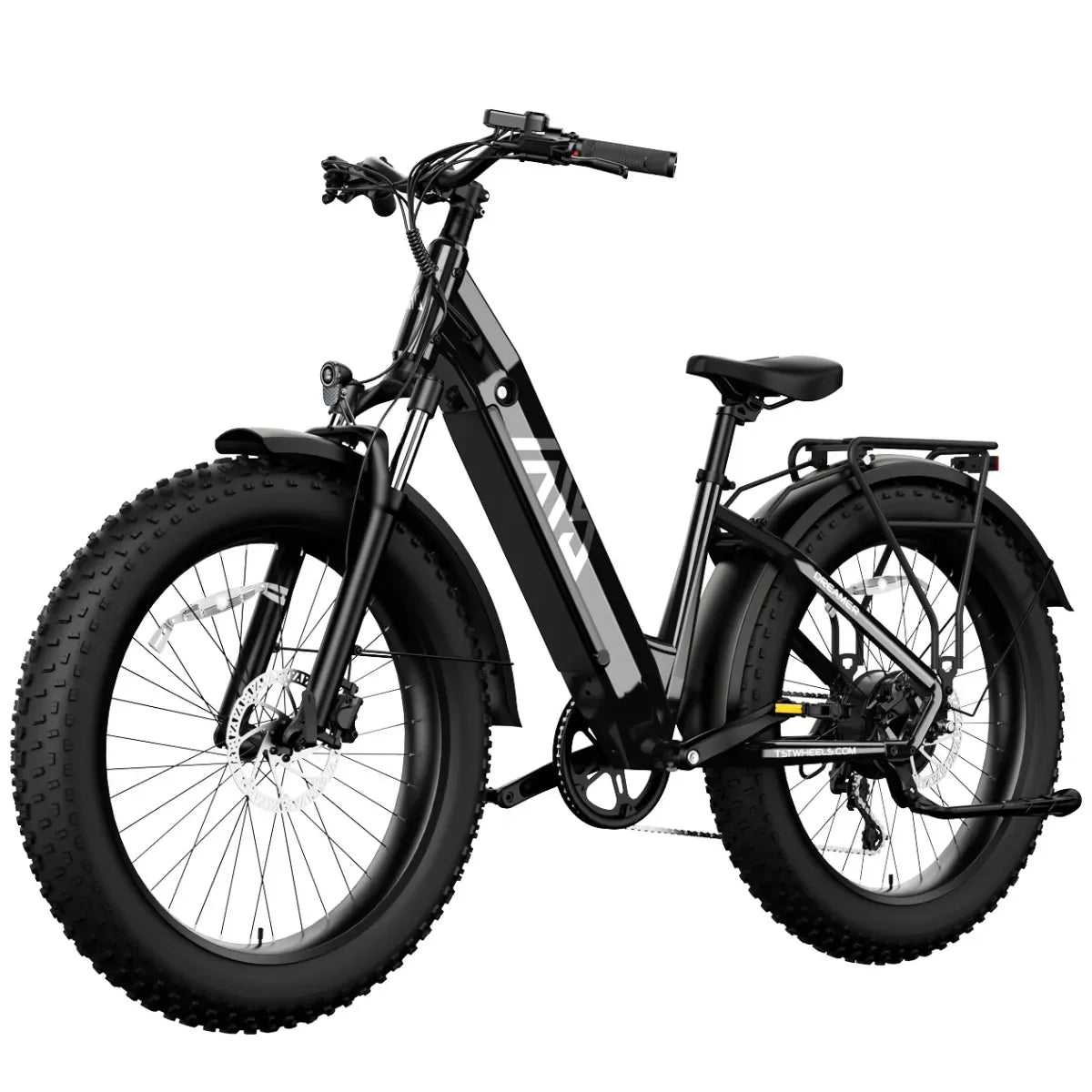
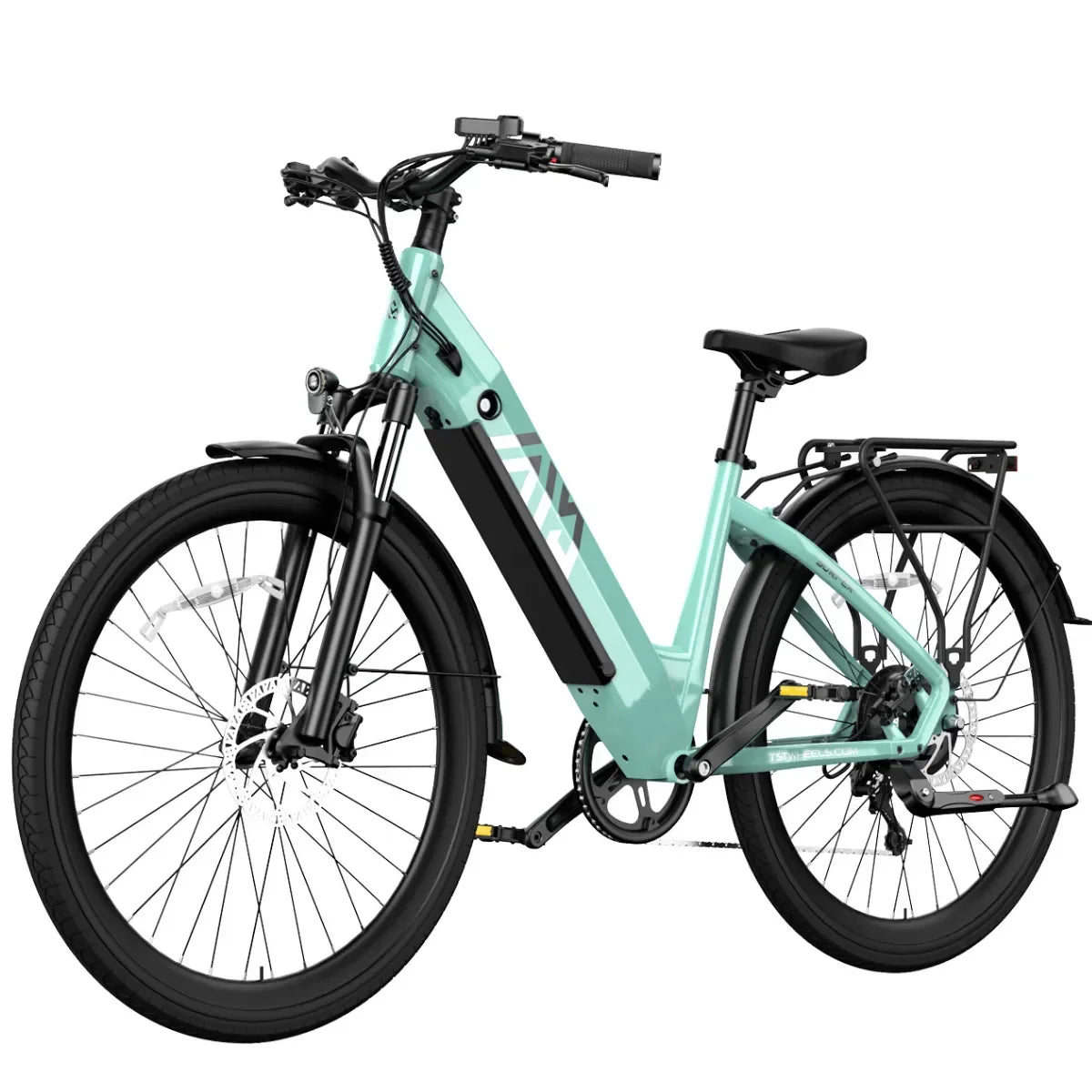
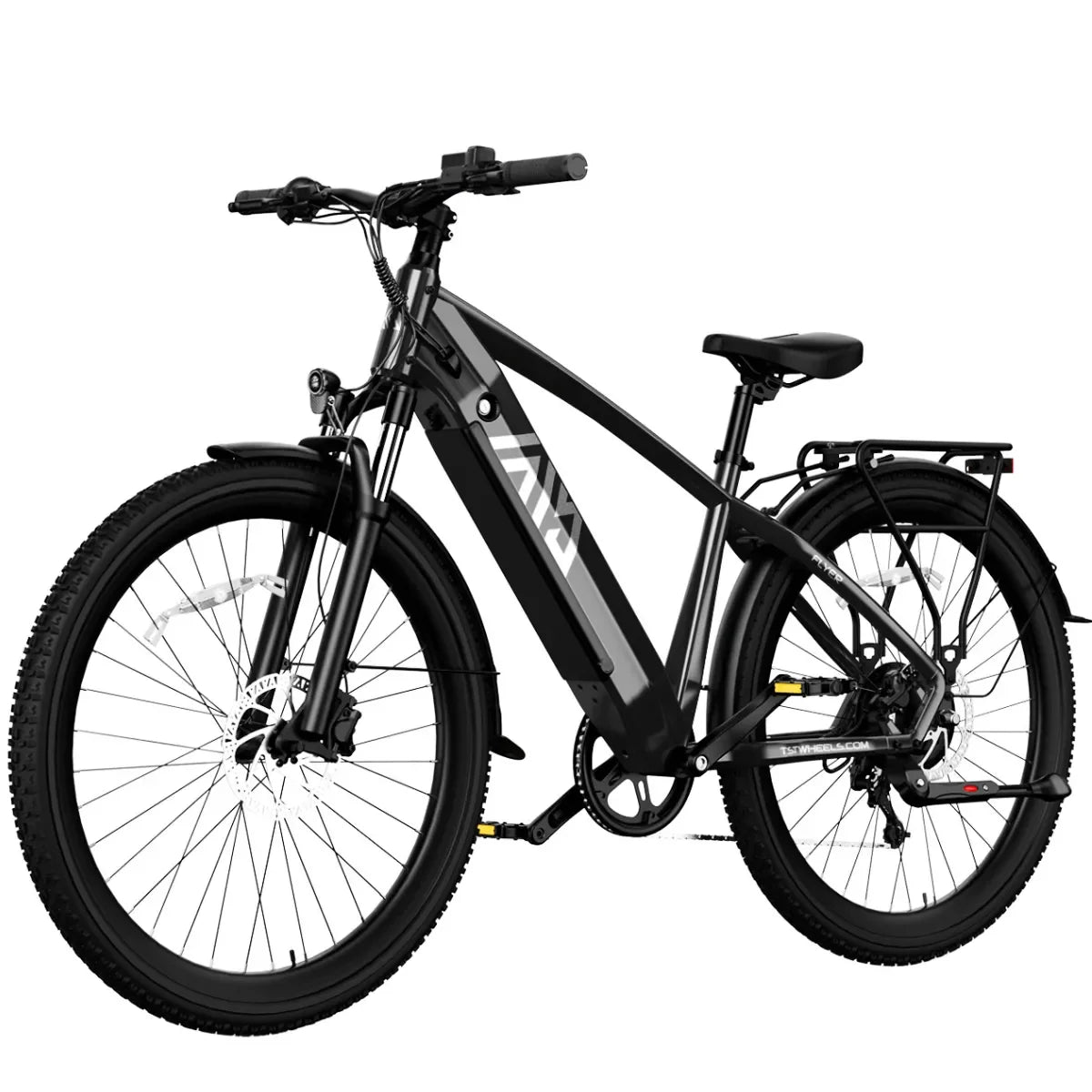
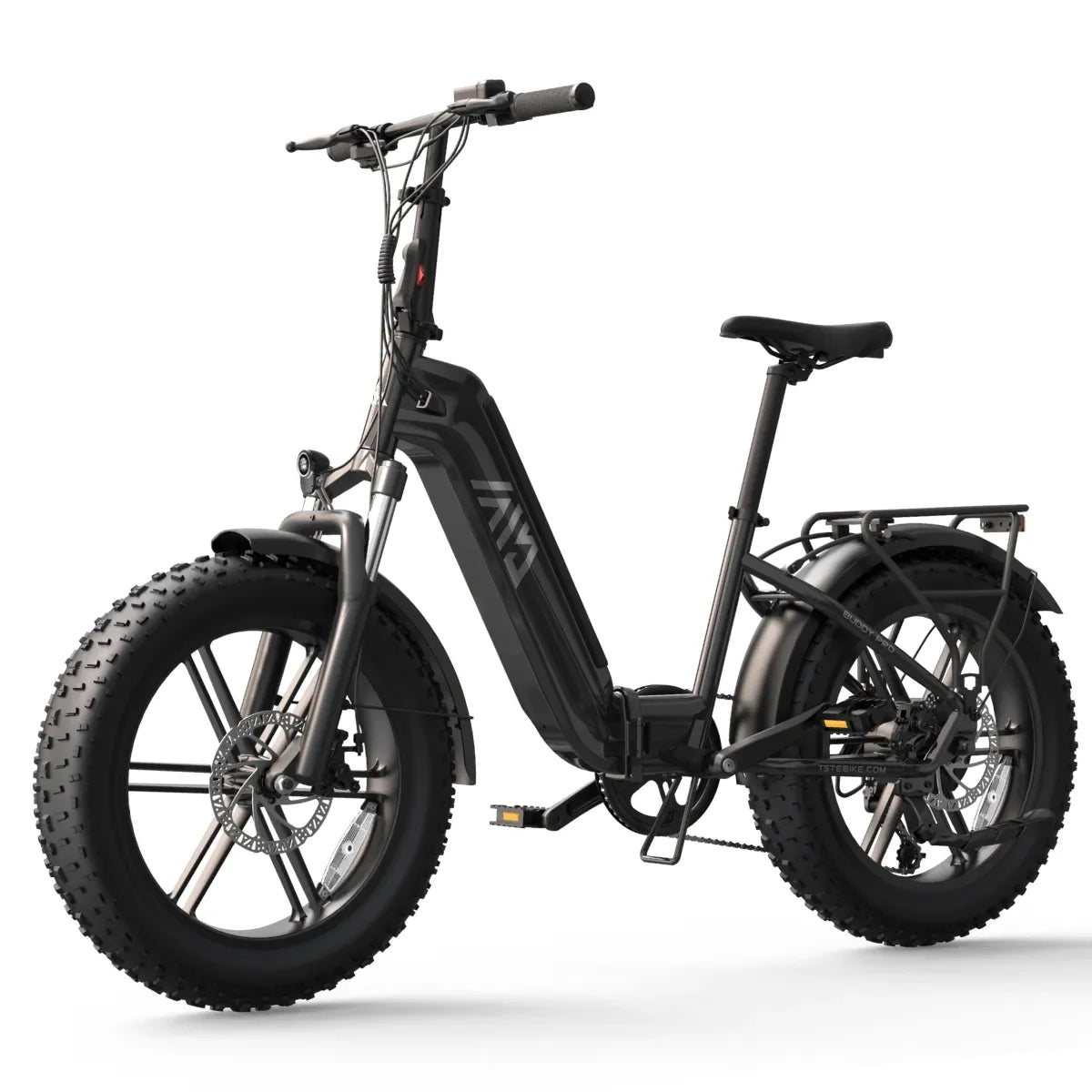
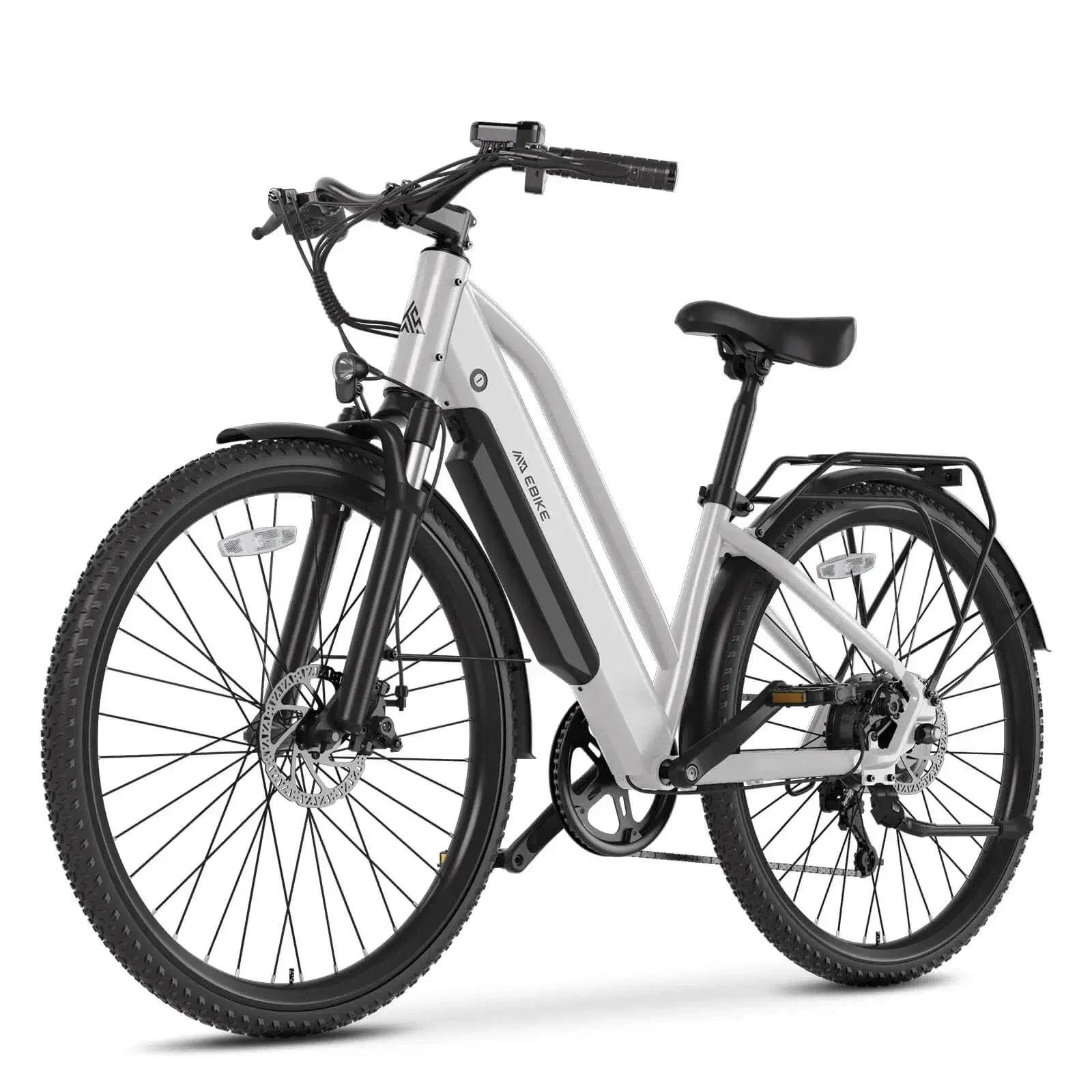
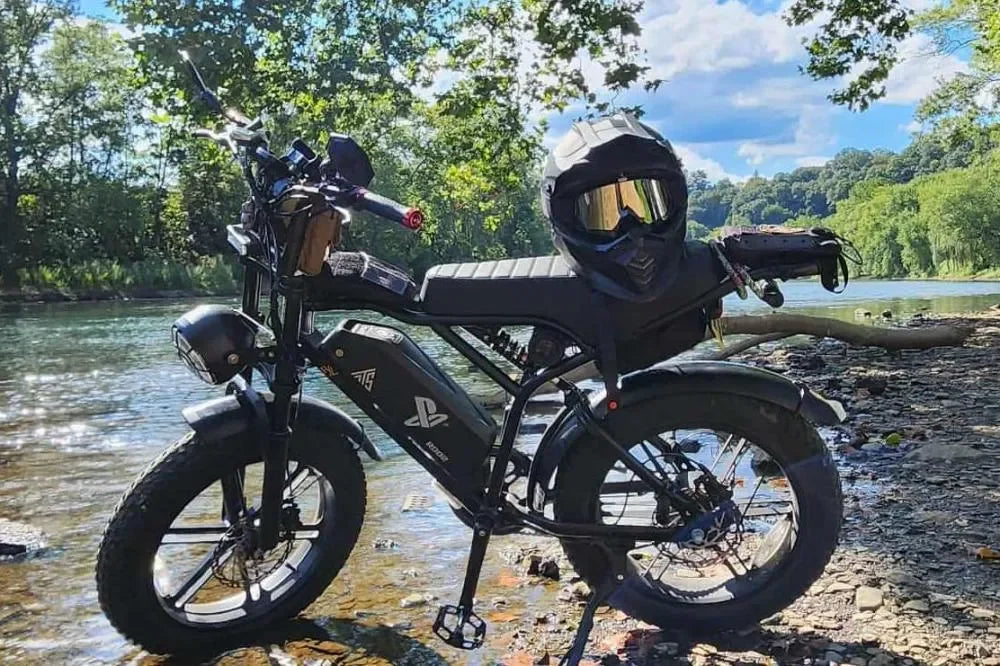
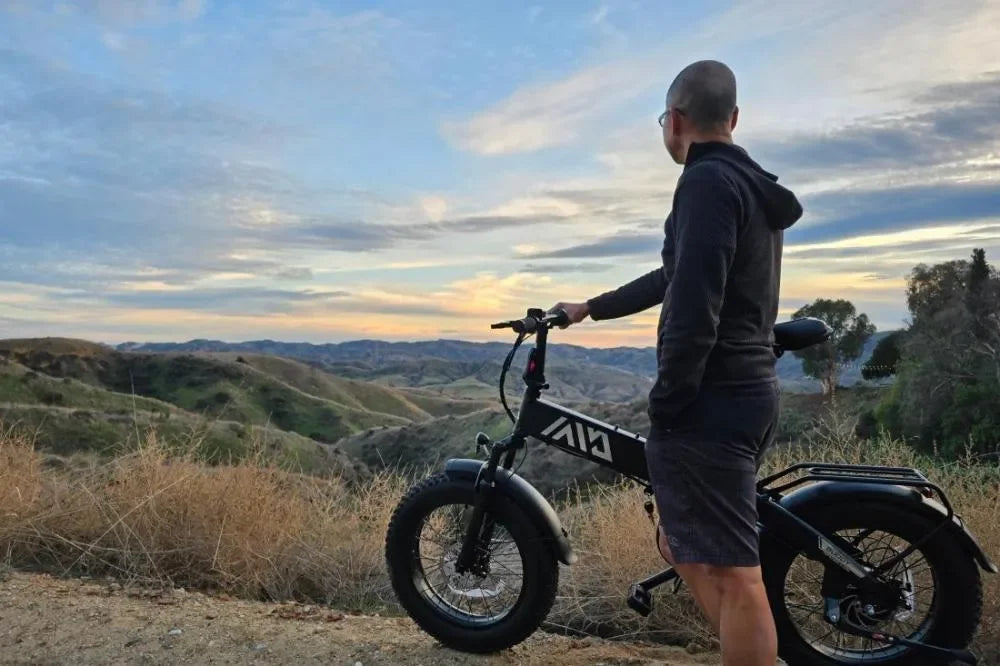
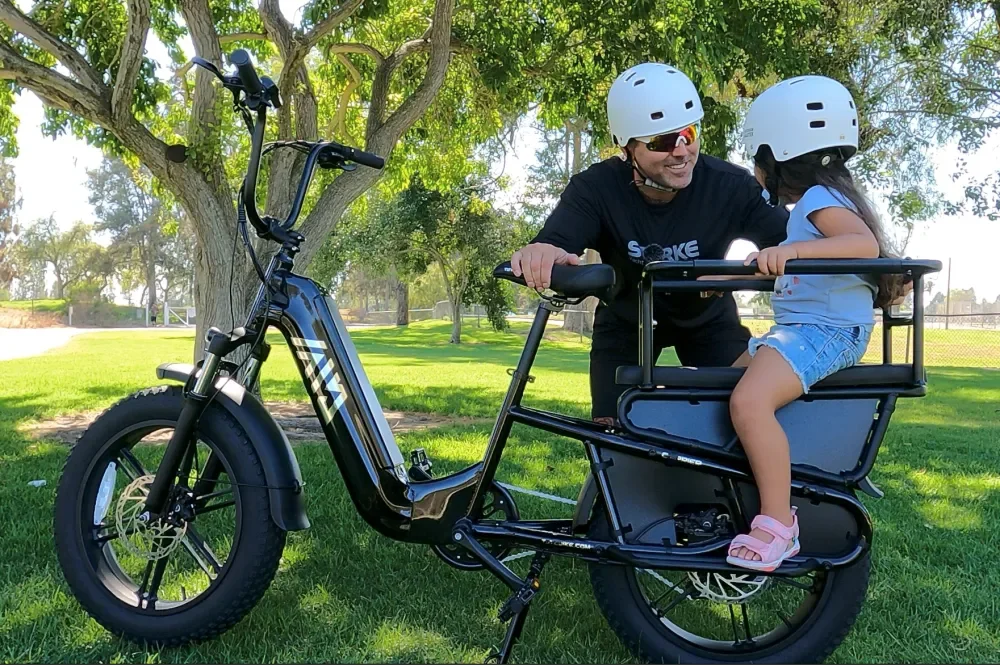
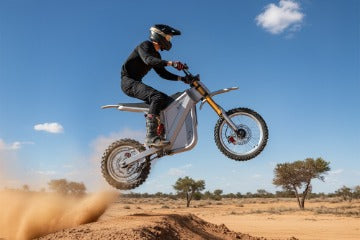
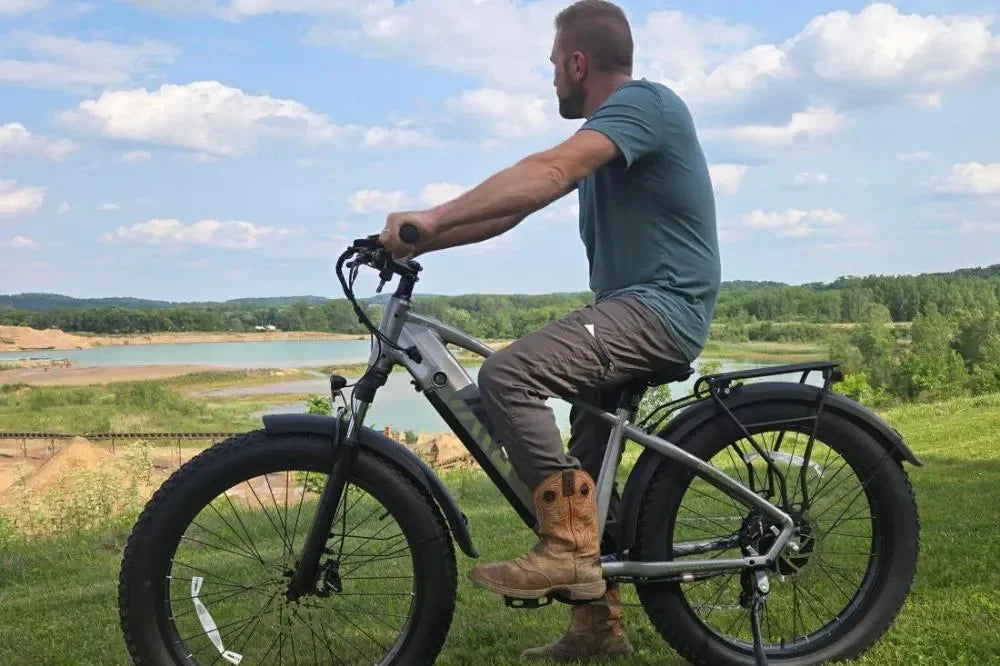
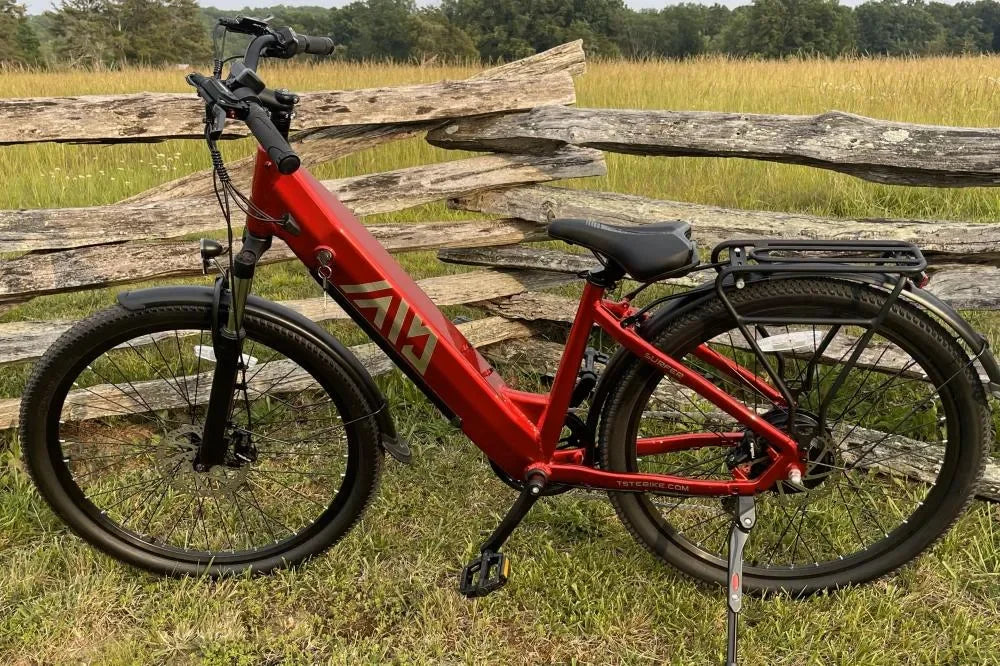
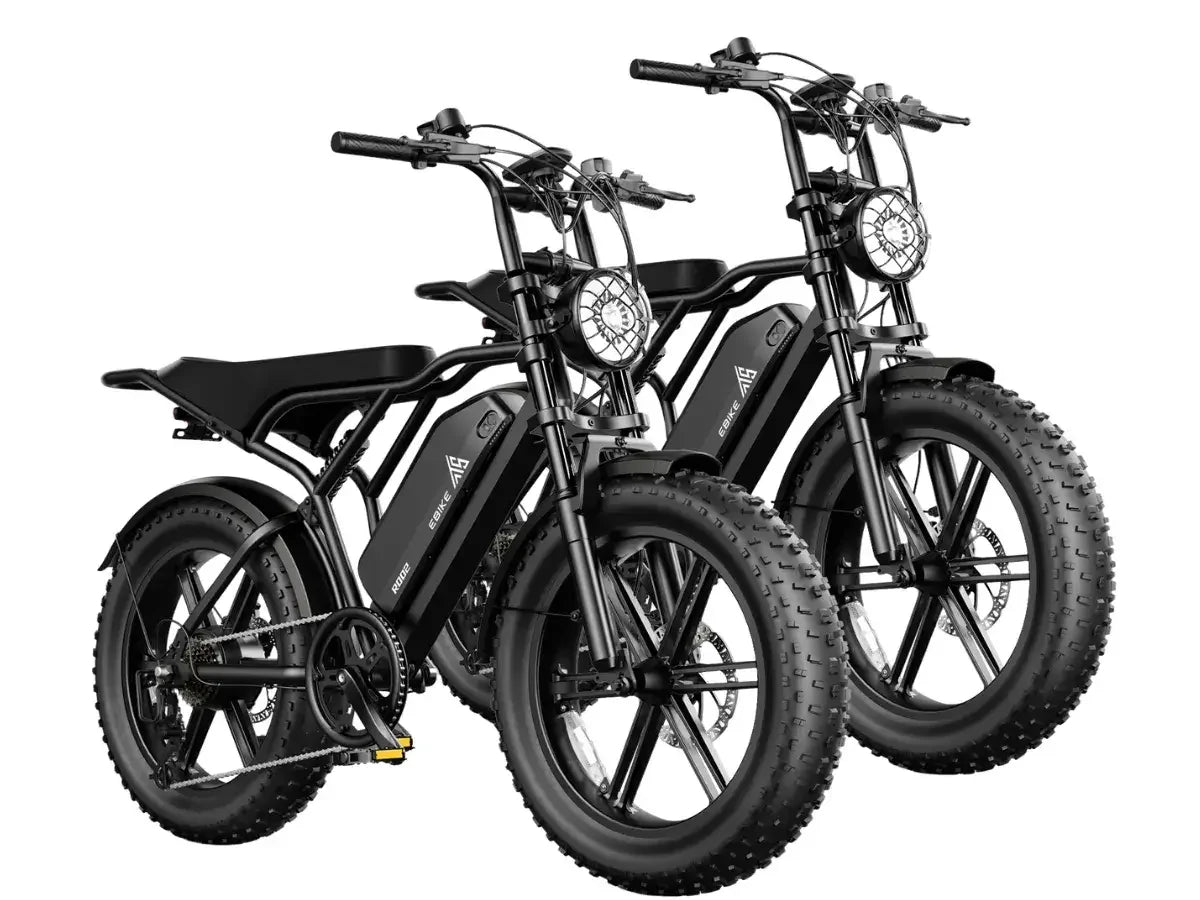
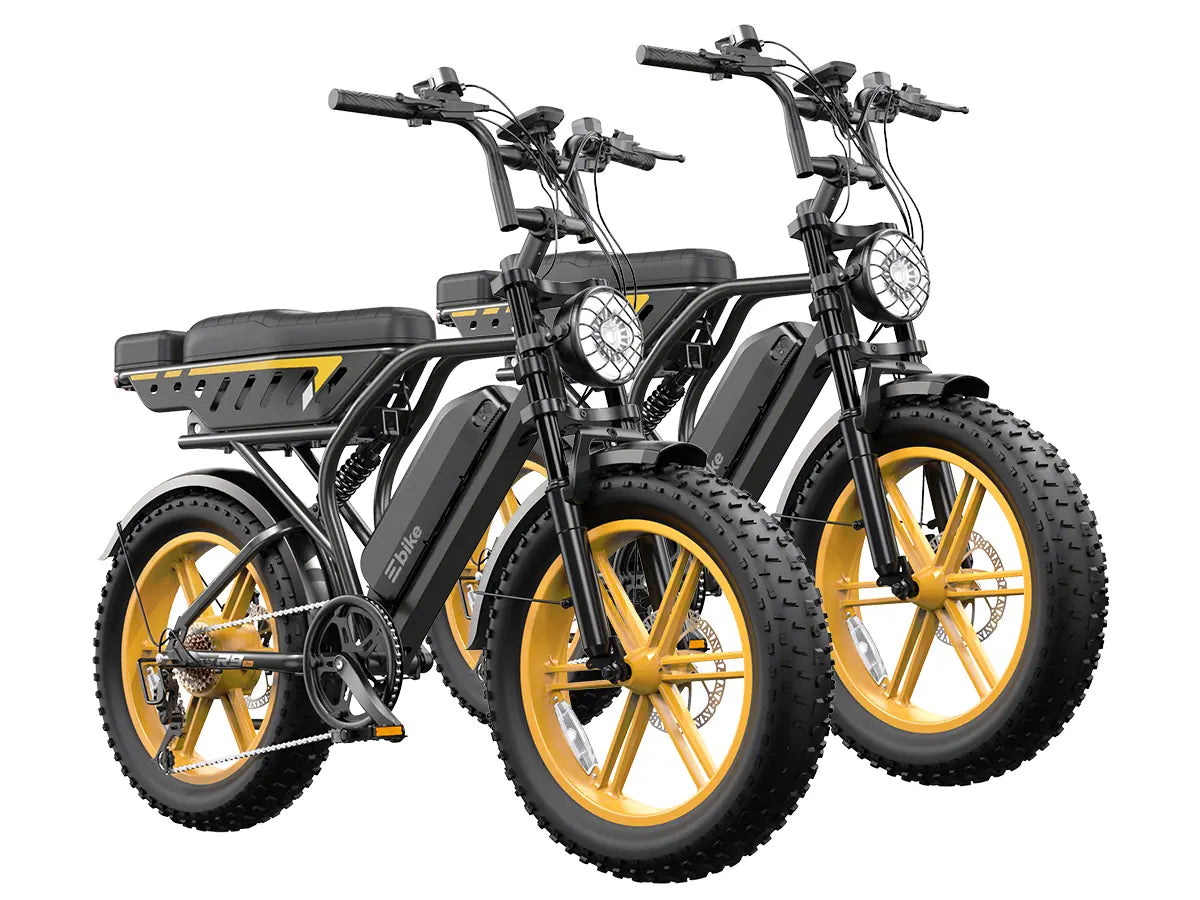
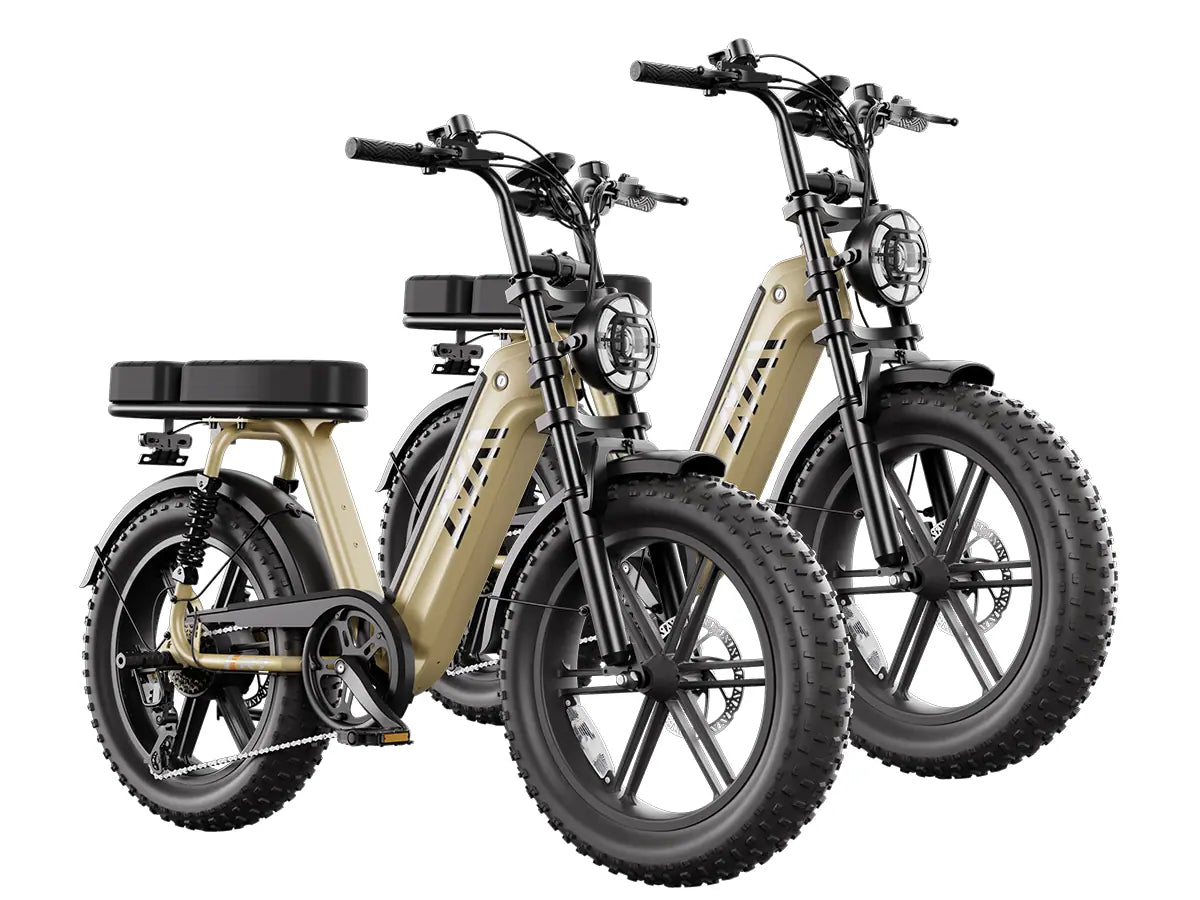
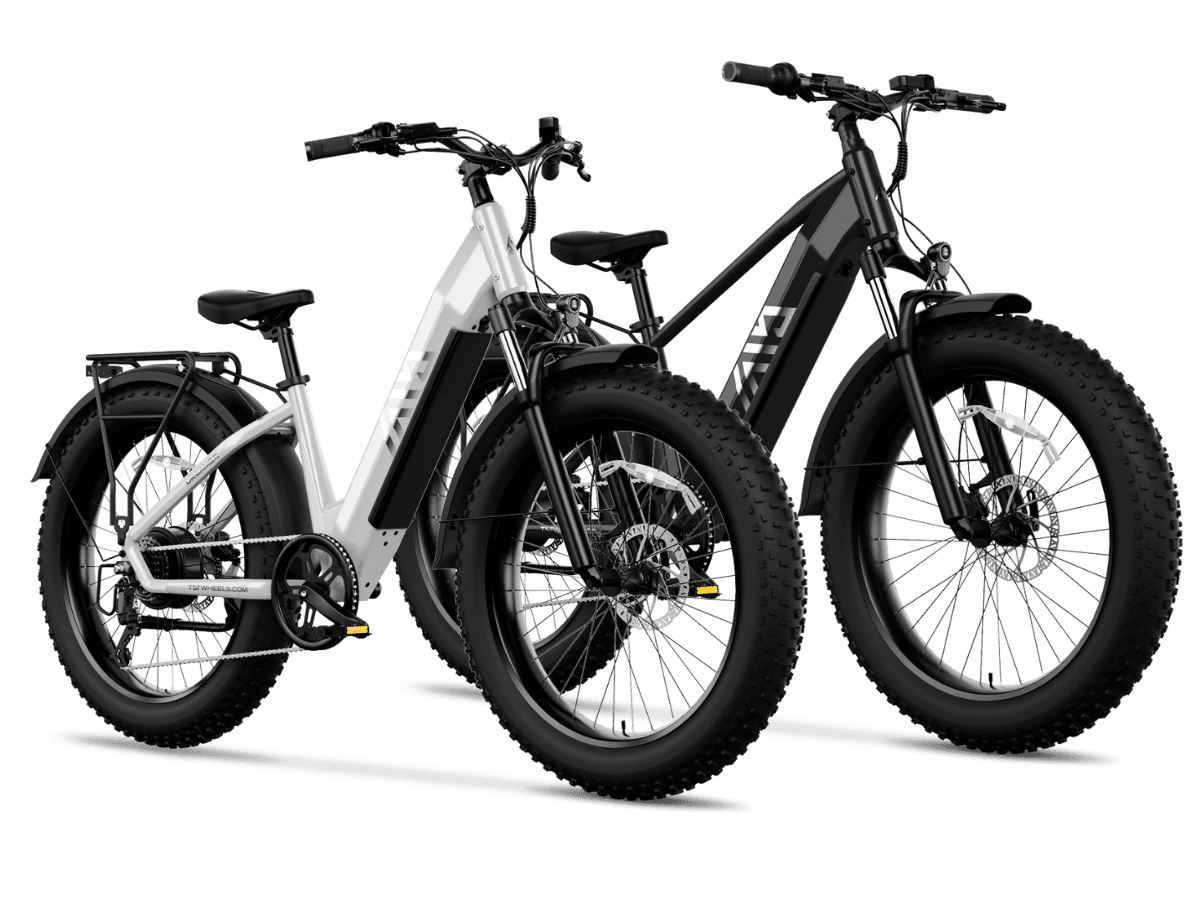
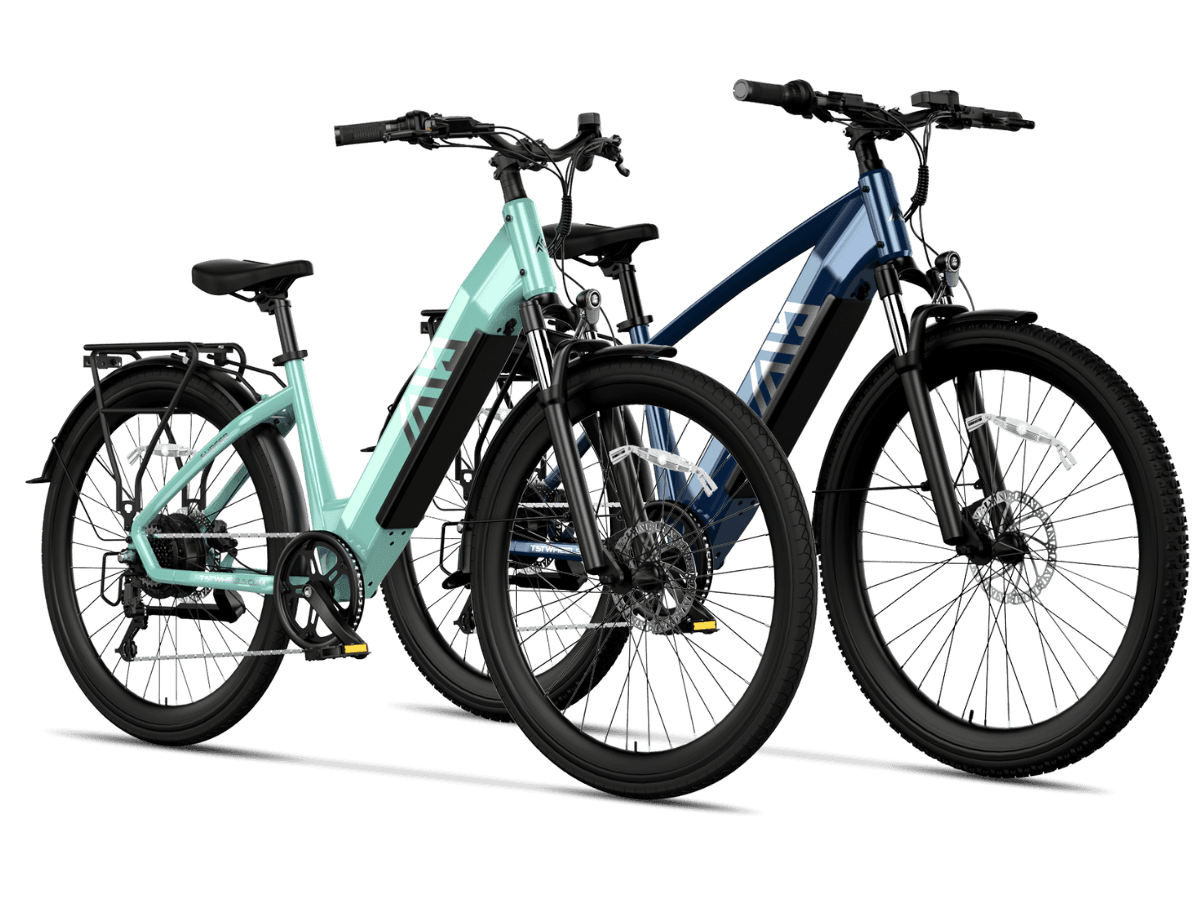
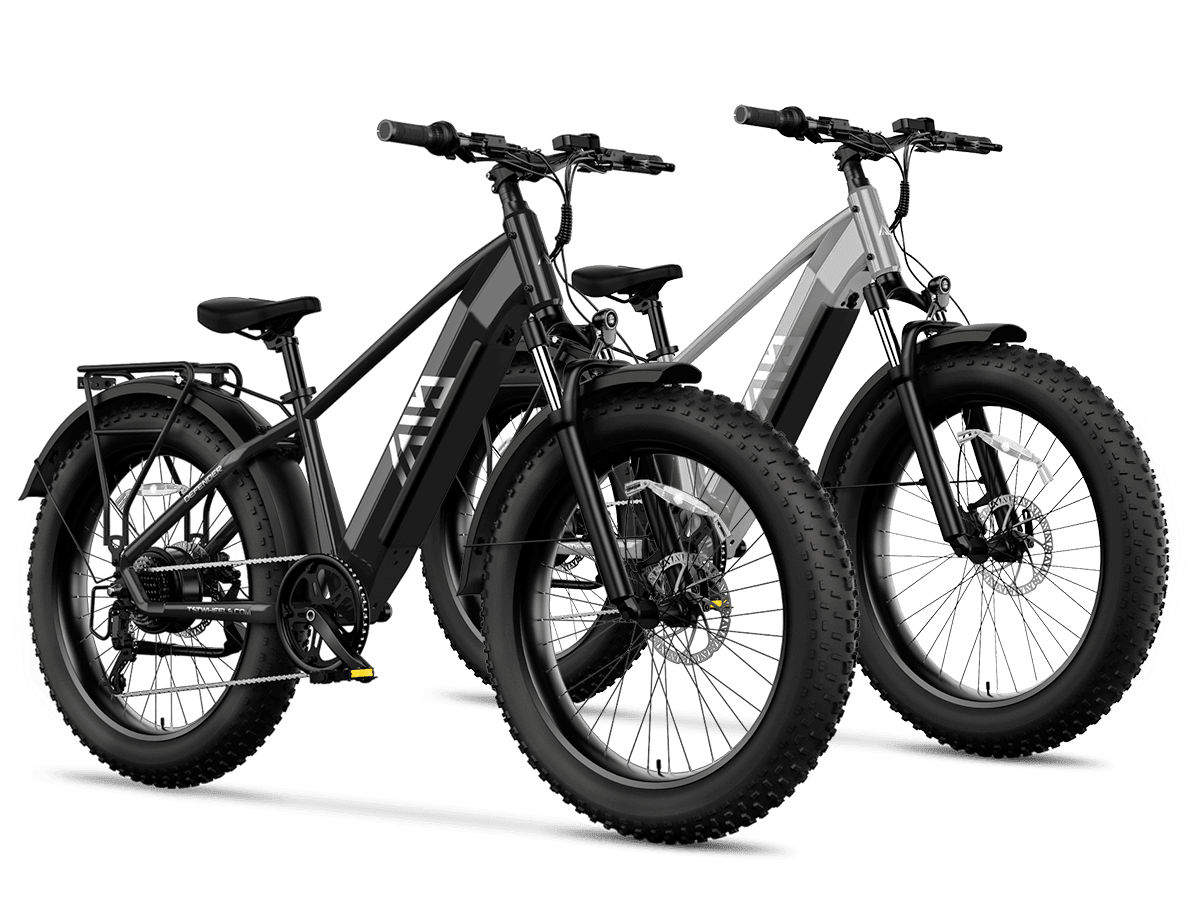
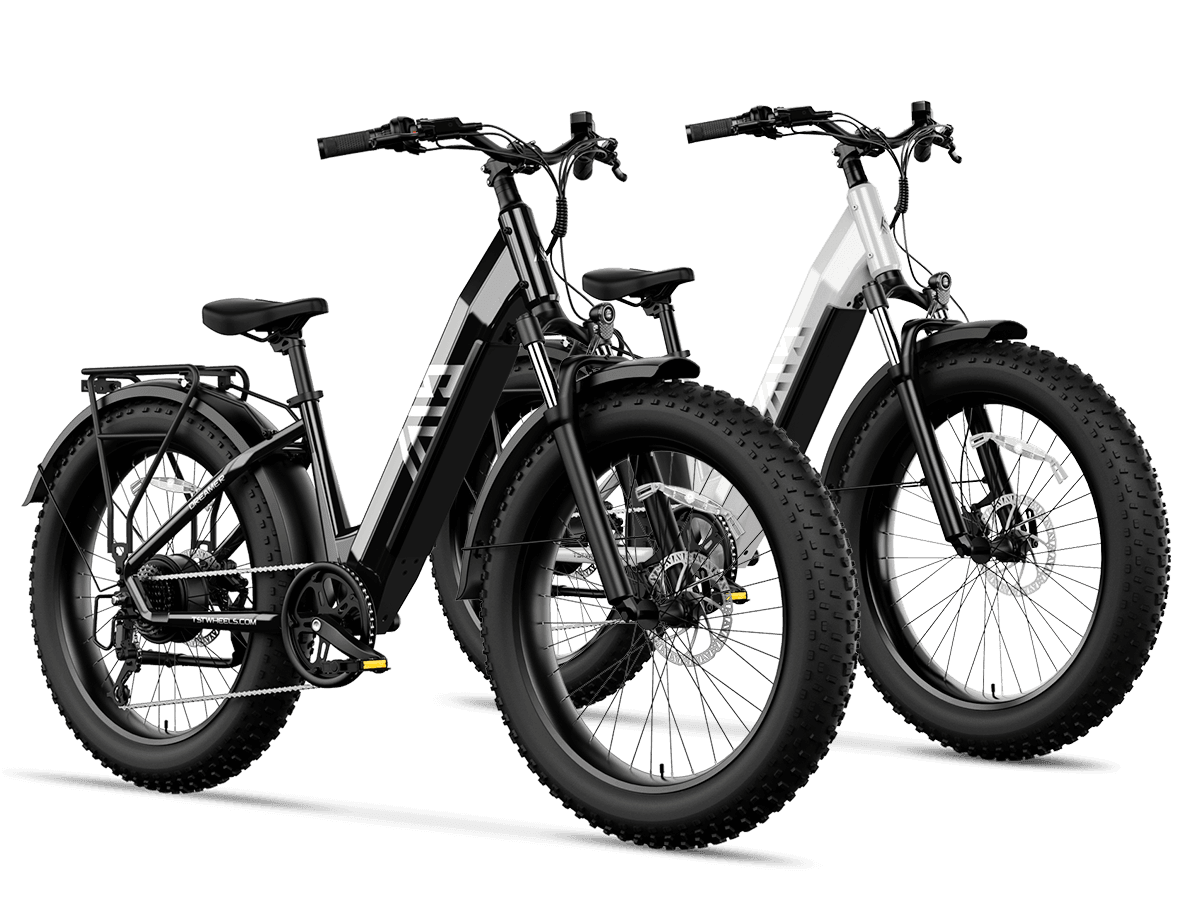
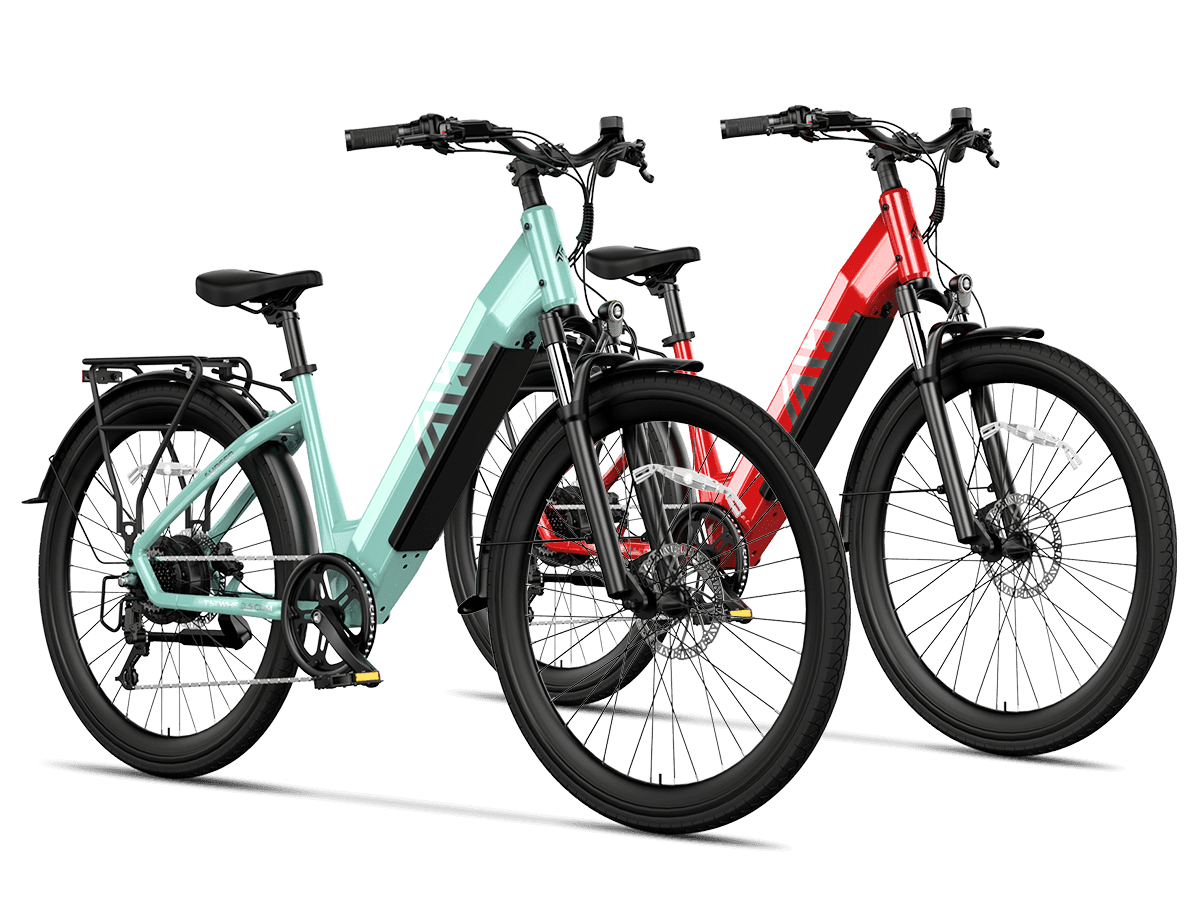
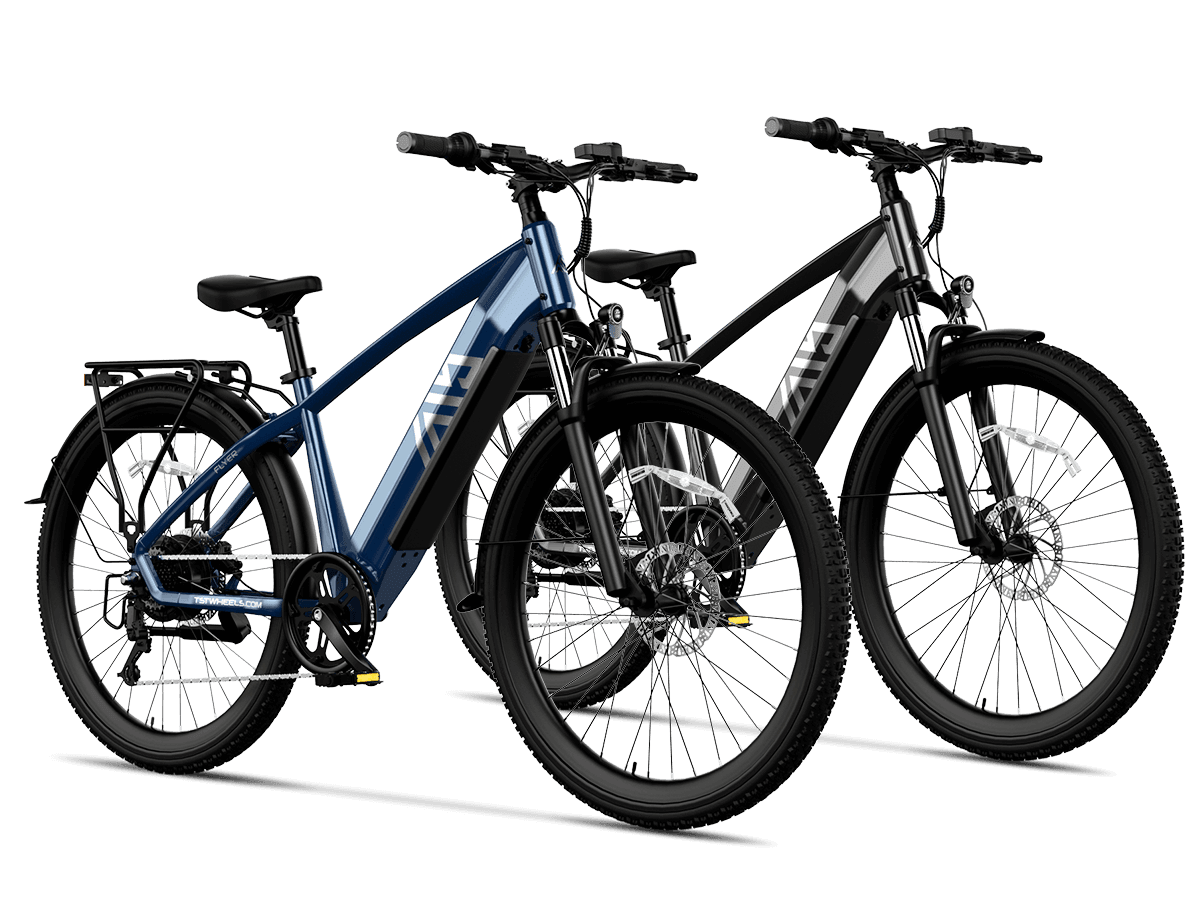
Leave a comment
All comments are moderated before being published.
This site is protected by hCaptcha and the hCaptcha Privacy Policy and Terms of Service apply.